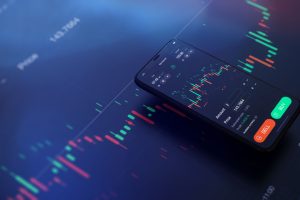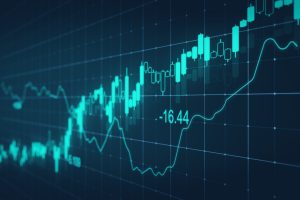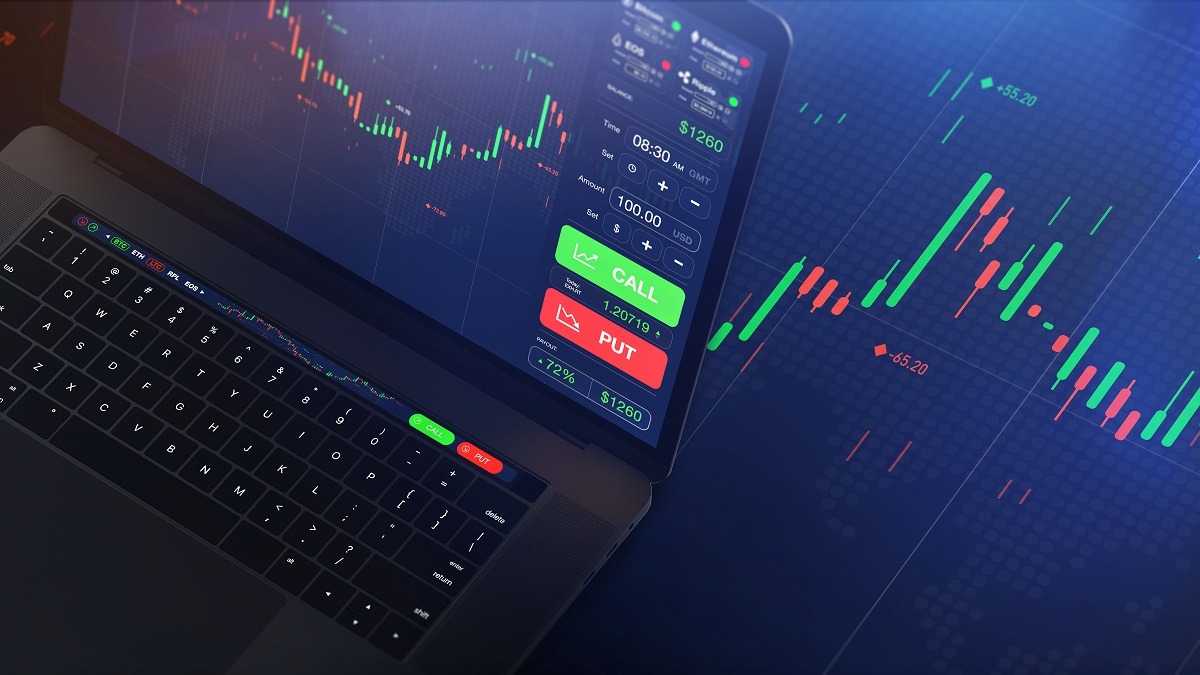Forex Terms Every Trader Should Know in 202510 min read
Reading Time: 4 minutesToday’s topic will be Forex Terms Every Trader Should Know in 2025. This topic is very important. We’ve planned a detailed article to keep our readers informed. If you are ready, let’s start step by step.
Brief Information : Forex, as it is known, is the name given to the exchange between foreign currencies.
Since the highest volume of trading is done on forex today and forex has high liquidity, traders and investors have started to spend more time with forex.
Of course, forex also has details that need to be learned and paid attention to. Forex terms is one of the information traders need in order to trade correctly.
We have mentioned forex platforms and forex trading tips in our other blog posts. In this article, we will talk about a few terms that you must know in the forex market.
Forex Terms in 2025
Like exchanges and cryptocurrencies, the forex market has its own language. You can start to step into the Forex market by learning the following words.
- Currency Pair: You need a trading pair to trade in the Forex market. You can see all trading pairs on the forex trading platform you use. In addition to the world’s most widely used currencies, you can also see the currencies of small countries on forex platforms and trade whenever you want.
- Pip: Pip indicates the lowest percentage in a trading pair. In other words, a possible exchange can be made at the lowest pip rate. The lowest percentage you will see when you want to trade in the Forex market is determined as 0.0001.
- Lot: The term lot, which investors frequently encounter, is seen as a payment unit. The lot size in the Forex market is 100,000 but this is not the only lot size offered. There are two other lot types called micro and mini and their sizes are 1,000 and 10,000.
- Leverage: Leverage is known as borrowing in the forex market, which allows you to make high-amount transactions without having to put in a large amount of money.With leverage, you can trade many times more than your deposited amount, but you also take the risk of loss at the same rate.
With leverage, it is possible to make and lose large amounts of money. You can see more detailed information about leverage in our other blog posts.
- Leverage: Leverage is known as borrowing in the forex market, which allows you to make high-amount transactions without having to put in a large amount of money.With leverage, you can trade many times more than your deposited amount, but you also take the risk of loss at the same rate.
- Margin: Traders who want to trade with leverage should deposit some money. The requested margin is demanded by the brokers depending on the chosen leverage ratio.To open a leveraged position, you must have the amount of margin. In summary, the amount of collateral you will deposit before making a transaction is expressed in margin.

Of course, not all forex terms are limited to the above terms. However, we have mentioned a few terms that you will often hear and cannot act without knowing.
Knowing the meanings of terms in the Forex market will allow you to trade more consciously, although it will not be enough to make money.
In addition to the terms, you should also research tips and strategies, and learn the platform you use and the tools it offers. Examining the trades of experienced traders and comparing them with your own can also be seen as one of the ways to gain experience.
Make sure to do your own research for the forex terms to know, and be sure to test your knowledge before investing real money.

Detailed Forex Terms in 2025
1. Currency Pair, Base and Quote Currency
- Currency Pair: The basis of forex trading. This transaction is expressed as two currencies, for example, EUR/USD.
- Base Currency: The first currency in the pair (for example, EUR in EUR/USD) is the currency you buy and sell.
- Quote Currency: The second currency displayed (for example, EUR/USD in USD).
2. Exchange Rate
The price at which one currency is exchanged for another is crucial for understanding market dynamics.
3. Bid, Ask, and Spread
- Bid Price: The price at which a brokerage firm buys from investors (i.e., your sell rate).
- Ask Price: The price at which a brokerage firm sells to investors (i.e., your buy rate).
- Spread: The difference between the bid and ask prices; a basic transaction cost.
- Narrower spreads mean lower costs; wider spreads indicate volatility or low liquidity.
4. Pip
A pip, short for “point percentage,” is the standard unit of currency movement; it is usually to the fourth decimal place (0.0001), except for yen pairs (0.01).
5. Lot Sizes
Defines trading volume:
- Standard Lot: 100,000 units
- Mini Lot: 10,000 units
- Micro Lot: 1,000 units
- (Some brokerages now offer nano lots: 100 units.)
6. Leverage and Margin
- Leverage: Increases trading power. For example, 10:1 leverage allows you to control $10,000 with $1,000.
- Margin: The margin required to open and maintain leveraged positions.
- Margin Call: The brokerage firm’s request for additional funds if your account falls below the maintenance margin.
7. Market Orders and Pending Orders
- Market Order: Executed immediately at the best available price.
- Pending Order: Set to trigger at a specified price; includes limit orders and stop orders.
8. Stop Loss and Take Profit
- Stop Loss: Automatically closes the trade at a specified price to limit losses.
- Take Profit: Closes the trade at a specified price to lock in profits.
9. Rollover (Swap Rate)
When you hold positions overnight, you pay or earn interest, which is the difference between the interest rates of two currencies. This is known as the rollover or swap fee.
10. Liquidity and Volatility
- Liquidity: Market depth; high liquidity enables smooth trading with minimal price impact.
- Volatility: The degree of price fluctuation; high volatility can increase both risk and opportunity.
11. Support and Resistance
- Support: The price level at which buying interest generally prevents further declines.
- Resistance: The level at which selling interest generally limits further gains. These are the foundation of technical analysis.
12. Scalping
A high-frequency trading technique in which trades are opened and closed quickly, targeting small profits from bid-ask spreads. It is used with high leverage and tight spreads.
13. Triangle Arbitrage
A relatively risk-free strategy that exploits exchange rate differences between three currencies.
We covered detailed Forex Terms for 2025 because there wasn’t enough information on this topic. Our users didn’t have a complete understanding of Forex Terms. This article is complementary to Forex Terms. It will be updated with new information.
About The Author





